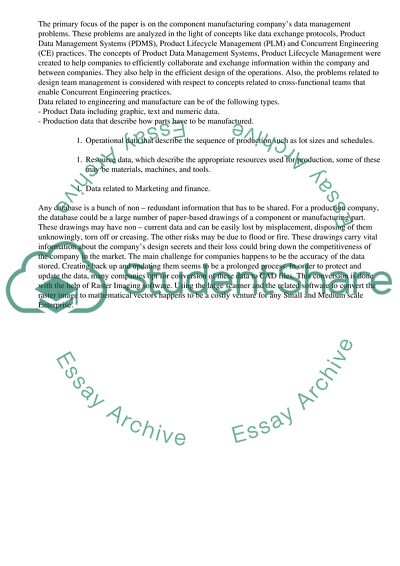Cite this document
(The Inner and Out Key Issues Related to Design Data Management Case Study, n.d.)
The Inner and Out Key Issues Related to Design Data Management Case Study. Retrieved from https://studentshare.org/management/1721420-mechanical-engineering
The Inner and Out Key Issues Related to Design Data Management Case Study. Retrieved from https://studentshare.org/management/1721420-mechanical-engineering
(The Inner and Out Key Issues Related to Design Data Management Case Study)
The Inner and Out Key Issues Related to Design Data Management Case Study. https://studentshare.org/management/1721420-mechanical-engineering.
The Inner and Out Key Issues Related to Design Data Management Case Study. https://studentshare.org/management/1721420-mechanical-engineering.
“The Inner and Out Key Issues Related to Design Data Management Case Study”, n.d. https://studentshare.org/management/1721420-mechanical-engineering.


